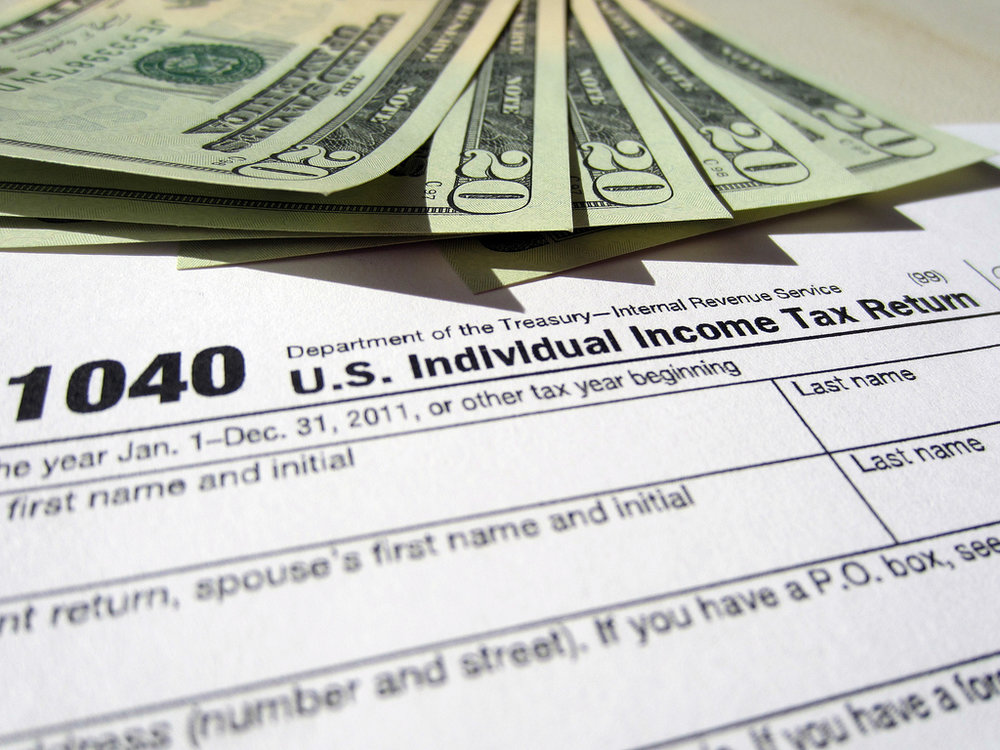
It’s that time of year. The time when we all start looking at our pile of receipts and mountain of tax forms with dread. When preparing your tax return, even a little mistake can cause problems. You could end up with a larger tax bill than you should, your refund could be delayed, or ever worse, you could get audited.
The best way to ensure the IRS processes your return with no problems is to make sure your paperwork is error free. Here’s a list of the most common mistakes that could be costing you money:
1. Your math
The IRS cites one of the most common mistakes every year as “math errors”. This could be anything from mistakes with addition and subtraction to transferring a number incorrectly from one form to another. Either way, this will get you an immediate correction notice. Double and triple check that your numbers match on every form. Also, use a calculator for addition and subtraction, even if it seems simple. You may think you’re immune to this issue if you use tax preparation software, but that’s not entirely true. One finger slip and your initial numbers could be wrong, meaning every number thereafter is wrong as well. Check each entry against your W-2s and 1099s. The IRS can charge you a 20% penalty if they find you were overly negligent.
2. You’re not educated on your tax liability
Small businesses have far more tax liability than when you filed as an employee. You need to be educated on all the taxes that could affect your business. In addition to corporate, sales, and payroll taxes, you can also have “special” taxes depending on your location. For example, if you live in Maine and use blueberries or clams, you better be prepared for an extra tax on those products, in Kansas “3.2” beer is taxed differently than regular beer, and now in 39 states you have to pay special taxes on sugary drinks. You also need to be aware of what states you owe taxes in, especially if your business delivers to multiple states. Get educated on when you do and don’t need to collect sales tax from your customers.
3. You’re not filing as the right type of business
As a business, you have some options as to how you file. And each option, like sole proprietor, LLC, or S corporation, all have different tax liabilities. Talk to a tax professional to make sure you’re filing correctly. And be aware that this may change as your business does. What was best for your startup probably won’t be the best for your business after 5 years. Filing as the wrong type of business for your revenue could up your tax bill by thousands. Here’s a breakdown of the different types of business structures.
4. You’re not keeping good records
Keeping track of your expenses, income, and payroll are all part of the proper record-keeping you’ll need to file your taxes. Not only will they help to ensure you don’t overlook legitimate write-offs, they will also come in handy if you ever get audited. You could easily lose deductions if you don’t have the receipts to back them up. So save those invoices, receipts, and and any other paperwork you may need, using a cloud accounting tool can not only make this easier, it will also cut down on paperwork.
5. You’re forgetting some key information
This seems really obvious, but again, the IRS says this is one of the most common mistakes they see. This includes not filling out your social security number, or writing it down incorrectly, not including attachments like W-2s and 1099s, not including receipts for things like charitable donations and property tax, and not signing your forms when you’re done. After you’ve finished your taxes, walk away for a few days. When you come back to them any mistakes should be glaringly obvious. Making time to double check them before you send is an easy way to ensure the IRS doesn’t catch your mistakes for you.
To find out more, read Top 10 Tax Mistakes That Are Costing You Money and How to Avoid Them, Part 2. Questions? Chat with one of our friendly industry experts today: call us at 844-629-8797 or click below to request your free consultation.
Making one of these ten common tax mistakes could be costing you money. Find out what they are and how to avoid them in part two.
Read More →